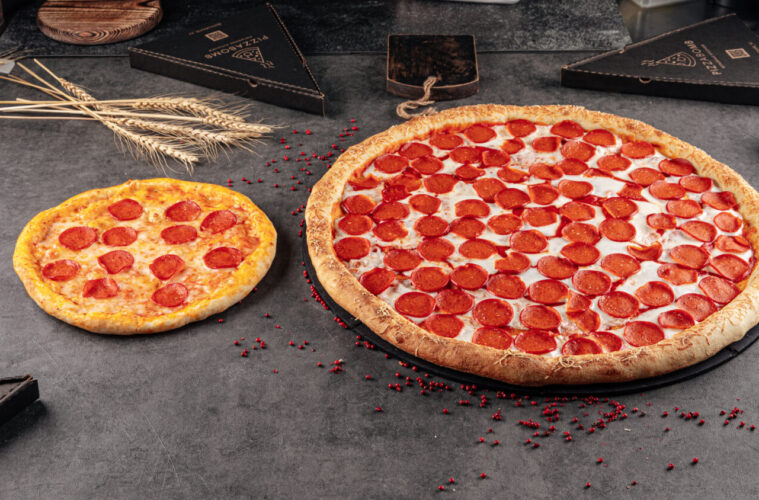If you recently paid a visit to your local fast food joint, you might’ve asked yourself, or someone else, “Are fast food portions getting smaller?” Because that seems to be the case!
Why are fast food portions getting smaller?
If you ever feel cheated by some fast food restaurants because of the smaller-than-average portions served to you, know that they’re not exactly to blame for it — shrinkflation is definitely happening! And it’s more apparent than ever! According to the Merriam-Webster dictionary, Shrinkflation is “the practice of reducing a product’s amount or volume per unit while continuing to offer it at the same price,”
One of the main reasons why fast food portions are getting smaller is because of the economy — and the prices of the ingredients are getting more expensive. Even if you don’t own or operate a fast food restaurant or franchise, you might have already witnessed or experienced the effects of the recession yourself — many of us are still affected by the egg shortage and “eggflation.”
But shrinking burger sizes aren’t the only shrinkflation-related strategies that restaurants are applying to cut back on ingredient costs.
What other strategies are restaurants implementing?
If the size of your burger looks straight out of a kid’s menu, you might have been too busy being sad, angry — or hangry — about it to notice that you most likely had fewer French fries than usual on the side as well. Because other restaurants may also be doing that to keep up with the shrinkflation — after all, many of us have seen how much potatoes cost these days!
Even the rotisserie chicken wraps and sandwiches from Subway have less meat in them now. And if you’re thinking of heading to pizza joint Domino’s to satiate your chicken craving, their 10-piece chicken wings, sadly, are only available in 8 pieces now; some Burger King branches also only have 8-piece chicken nuggets instead of 10 now.
Moreover, if you’re planning on ditching fast food meals to go for healthier dishes, know that even some of the salads, dressings, and toppings come in smaller portions as well.
Are shrinkflation food portions all that bad?
These strategies, where food portions are shrinking, do have an upside and can even beneficial. First, there will be less food wasted. According to reFED (a food recycling and waste management organization), 119 billion pounds of food are wasted in the US alone — and 61% of those are commercial food waste. Second, smaller portion sizes can help curb obesity in the United States.
Furthermore, since most restaurants have to keep up with the ingredient price hike, as a consumer, your less-than-usual level of satisfaction with the food portion causes the least harm to the restaurants’ businesses. Otherwise, however, many restaurant owners will have to find other ways to keep their business going — even if it means laying off some of their employees. Ultimately, your post-meal hunger means more people stay employed.
Conclusion
If you recently found yourself asking, “Why are some fast food portions getting smaller?” — that’s because they are. Shrinkflation is forcing restaurants to serve smaller portions and/or fewer ingredients. It might be upsetting sometimes, when we don’t get the exact amount of what we believe we paid for, but, on the bright side — we get to continue supporting our much-loved restaurants. Plus, the portions are easier to finish! Therefore, there’s less food waste!
Advertising disclosure: We may receive compensation for some of the links in our stories. Thank you for supporting LA Weekly and our advertisers.

